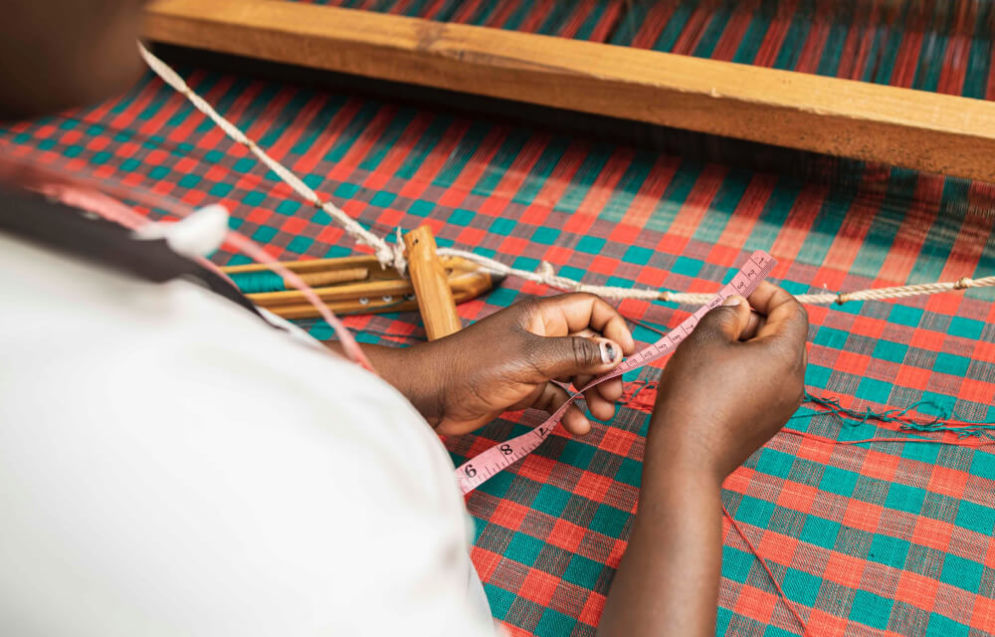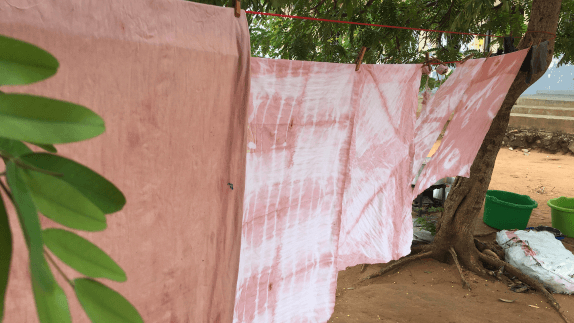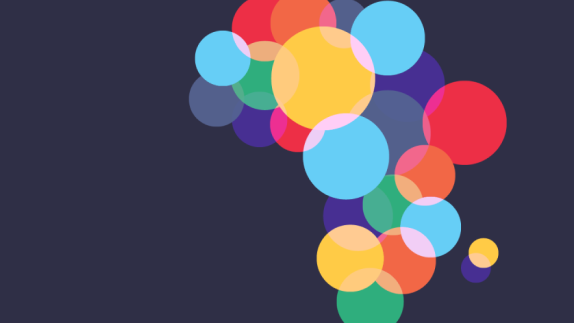This page is part of Circular Economy in Africa: Examples and Opportunities, a collection of insights exploring key questions on accelerating the circular economycircular economyA systems solution framework that tackles global challenges like climate change, biodiversity loss, waste, and pollution. It is based on three principles, driven by design: eliminate waste and pollution, circulate products and materials (at their highest value), and regenerate nature. across the continent.
A growing industry
Textiles and clothing are a fundamental part of everyday life and an important sector in the global economy. The production of cotton accounts for almost 7% of all employment in some low-income countries. Out of the many African countries growing and selling cotton, eleven do so under the label ''Cotton made in Africa'' (CmiA), representing 40% of African cotton production.
Although today’s biggest textile-producing countries are China and India, “made in Africa” is gaining traction. Many brands are moving their production from Asian to African countries, with Ethiopia positioning itself as a leader in developing a textile industry in East Africa.
The demand for African designs, textiles, and garments is increasing within and beyond the continent. Currently, in sub-Saharan Africa, the combined apparel and footwear market is estimated at USD 31 billion. The textile industry in Africa is estimated to grow at a CAGR (Compound Annual Growth Rate) of ~5% over the forecast period of 2019–2024.


Photo credit: Fibreshed
The circular fashion opportunity
The case for a thriving textile industry is emerging in Africa, with potentially important gains in terms of job creation and skills development. A circular economy holds the key to a prosperous, inclusive, and resilient fashion industry while avoiding the drawbacks of the current linear system that negatively impacts people’s well-being and the environment.
African designers, tailors, and entrepreneurs are leading the way in circular fashion skills and business models.
Download the full article to learn more about driving circular economy ambition in the textile and fashion industries.

Ellen MacArthur Foundation

ICLEI Africa

Chatham House

University of Lagos














